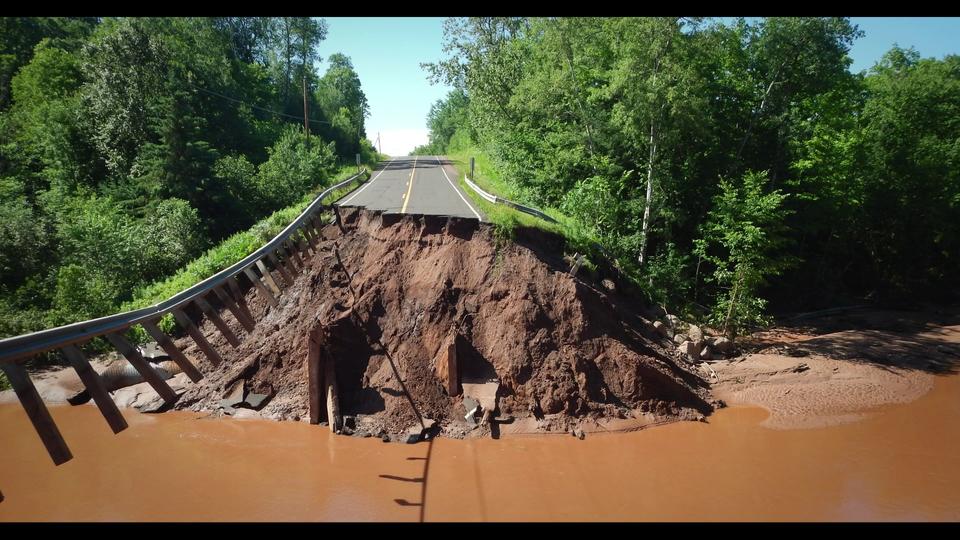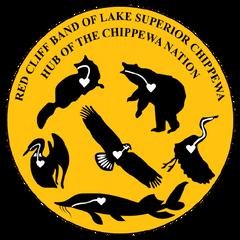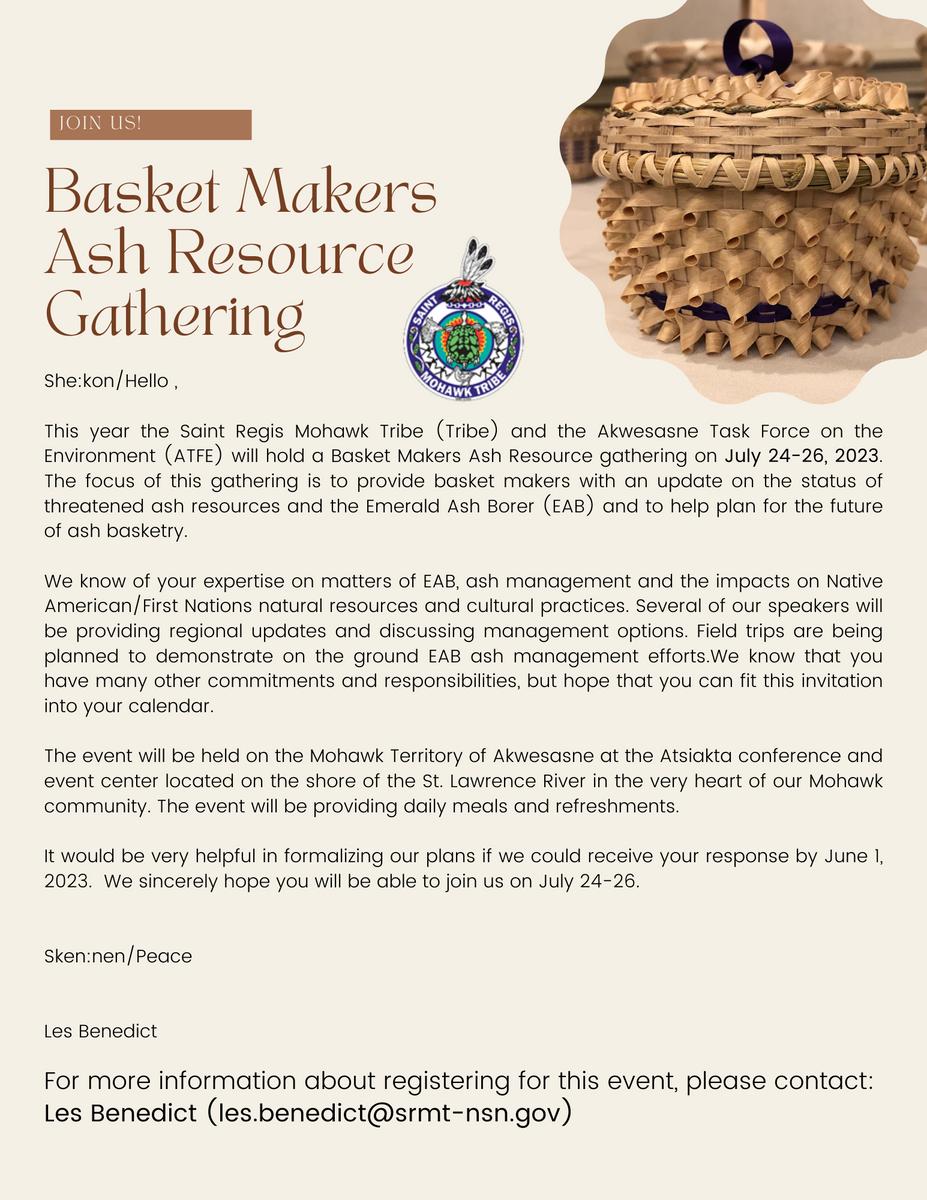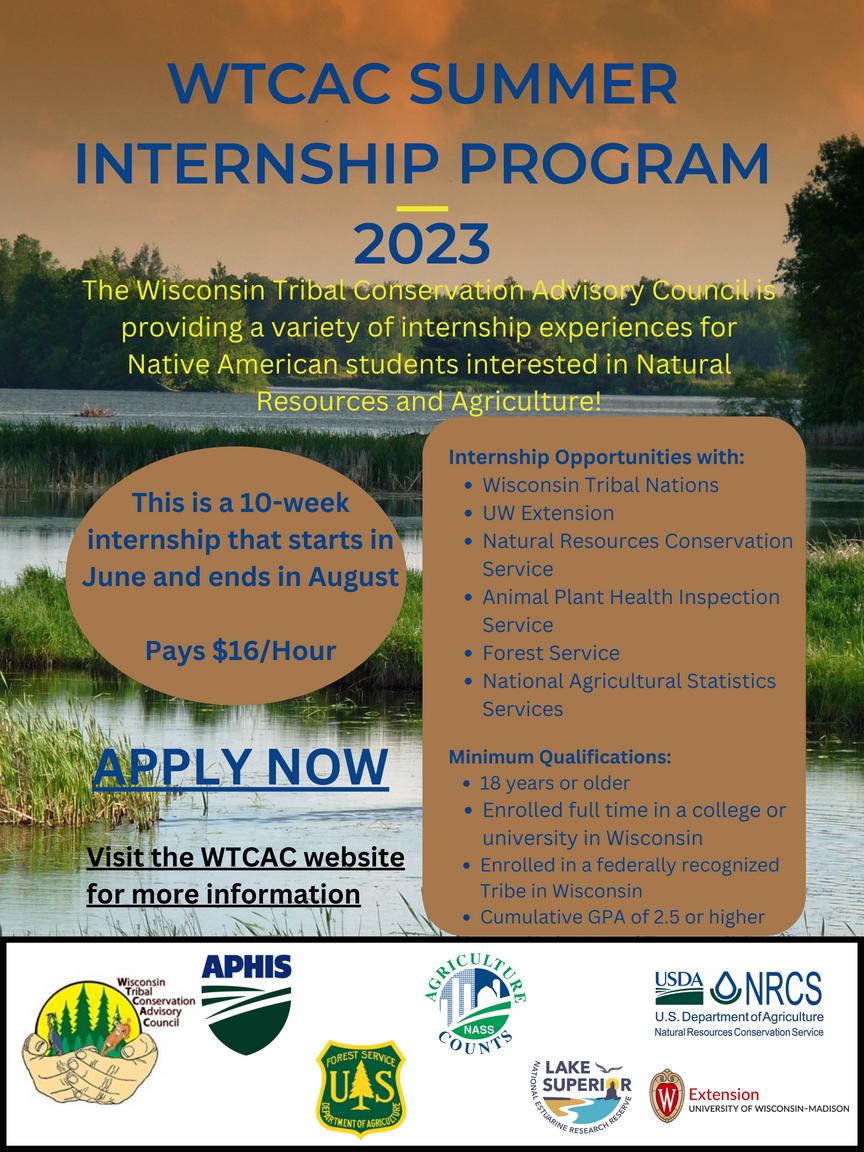
1 minute read
WTCACAgricultureSubcommittee Meeting
On Tuesday May 3, WTCAC and Stockbridge-Munsee hosted a workshop about NRCS Environmental Quality Incentives Program (EQIP) at Keek-Oche (From the Earth Farm). Eighteen participants consisting of Tribal producers as well as WTCAC, USDA, and IAC staff came together to tour Keek-Oche’s operations including greenhouses, an orchard, and produce fields. The group then sat down to hear primarily from USDA NRCS Sherrie Zenk-Reed on how applying for EQIP practices works. The example of high tunnels was used primarily, but some other EQIP practices like grazing and pollinator planting were also covered. The discussion was directed by the needs and interest of the producers who were present.
Keek-Oche began in 2017 with the produce fields and has been growing since with the planting of an orchard and installation of currently 3 greenhouses. This was a great opportunity to tour an early, small scale from doing sustainable farming. Each Tribal nation in Wisconsin has a NRCS liaison. For example Sherrie Zenk-Reed is the liaison for Stockbridge-Munsee, Oneida, and Menominee. These liaisons work more directly with Tribal governments, but they can also help direct individual Tribal producers to their NRCS agent. You can also find your local USDA office at the following website: https://www.nrcs.usda.gov/contact/find-a-service-center
Advertisement
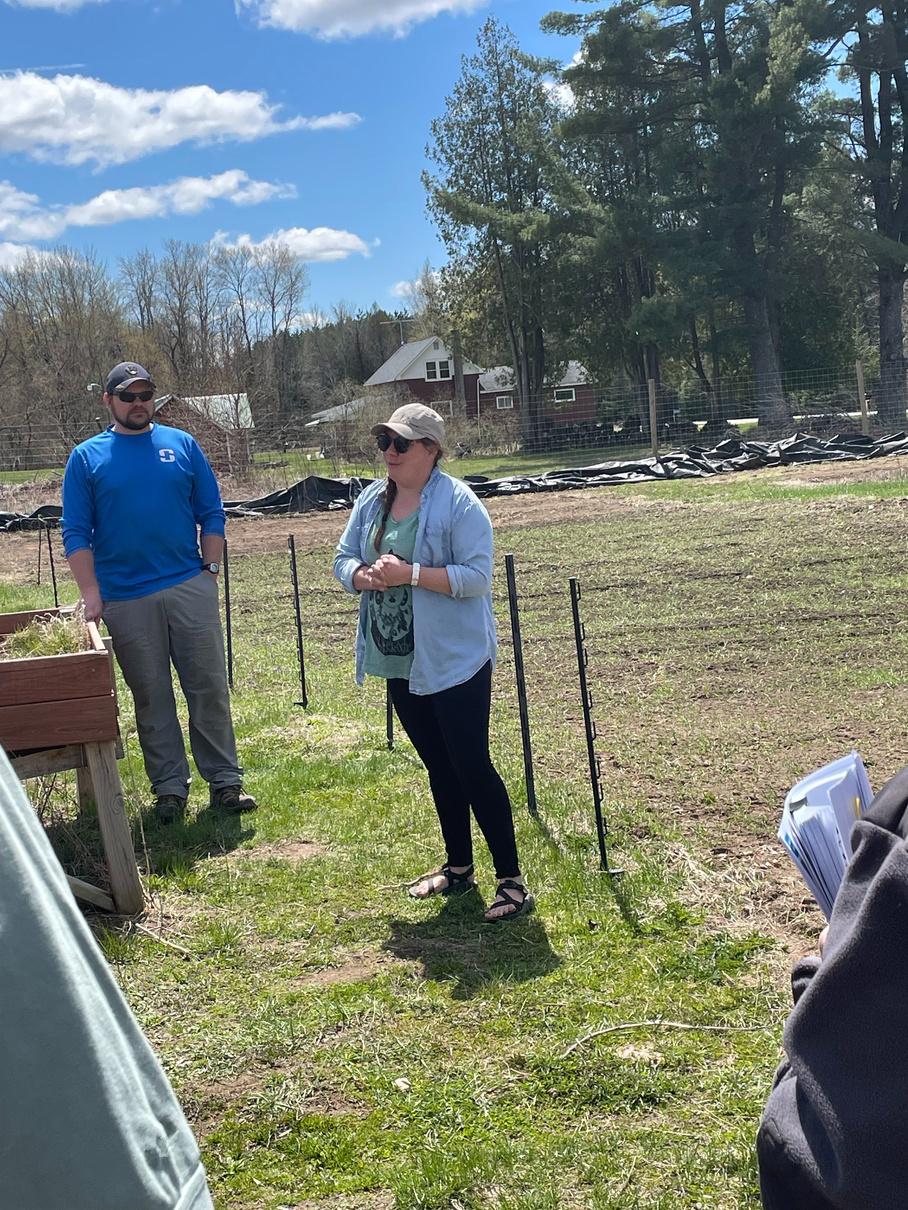
Meeting with your NRCS agent is the first step in exploring what EQIP practices might be reimbursable on your cropland or forestland. The EQIP process entails support from your NRCS agent every step of the way and is a good opportunity to get a cost-share for remediating resource concerns such as erosion or a short growing season.
Previously, an EQIP workshop was also offered at Whirling Thunder farm for Ho-Chunk producers. WTCAC and USDA NRCS are available to offer these workshops in other Tribal communities too. Applications can be submitted for EQIP at any time, but NRCS processes applications and determines awardees twice a year: May and November.
WisconsinTribes:Leadingthewayin protectingandrestoringwetlandsand watersheds
Four new videos produced by the Wisconsin Tribal Conservation Advisory Council, Wisconsin Wetlands Association, and USDA-Natural Resources ConservationServicehighlighttheworkoftheBadRiverandRedCliffBandsof the Lake Superior Tribe of Chippewa Indians in Northern Wisconsin. The longterm landscape approach both the Bad River and Red Cliff Bands take to protect and manage their reservations is maintaining high water quality, managing flood waters, and providing vital habitat. It’s also helping to sustain their culture and way of life. The healthier natural environment provides opportunitiesfortheirpeopletohunt,fish,andgatherwhatnaturehasprovided and establishes relationships that will build a stronger community today and for future generations. These videos are part of a larger initiative by the partners to raise awareness of the vital work Tribes in Wisconsin are doing to protect and restore wetlands and watersheds. View the videos at wisconsinwetlands.org/WiTribesCaringForWetlands.
ProtectingourWaters:WatershedConservationandRedCliffBand ofLakeSuperiorChippewa

WaterisLife:WatershedConservationandtheBadRiverBandof LakeSuperiorChippewa
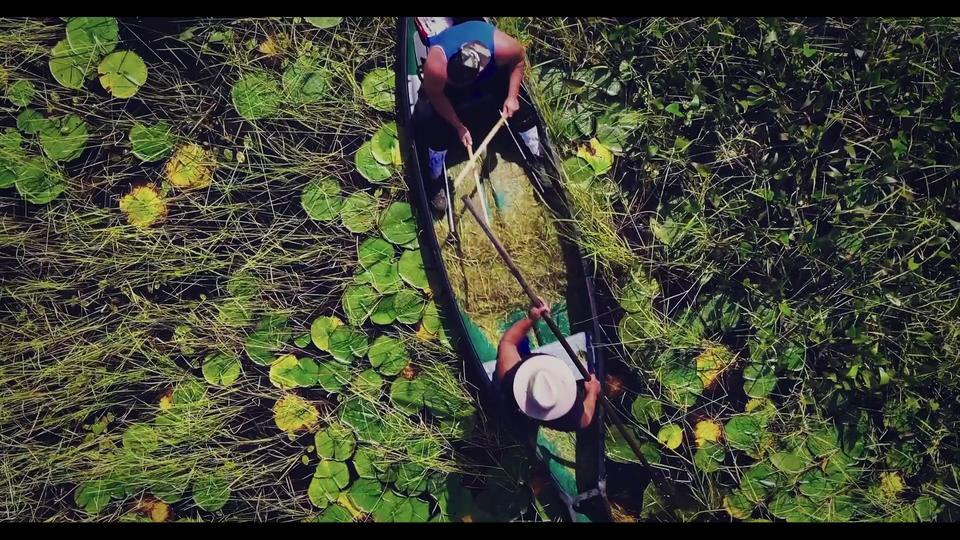
PreservingawayofLife:WetlandConservationandtheBadRiver BandofLakeSuperiorChippewa
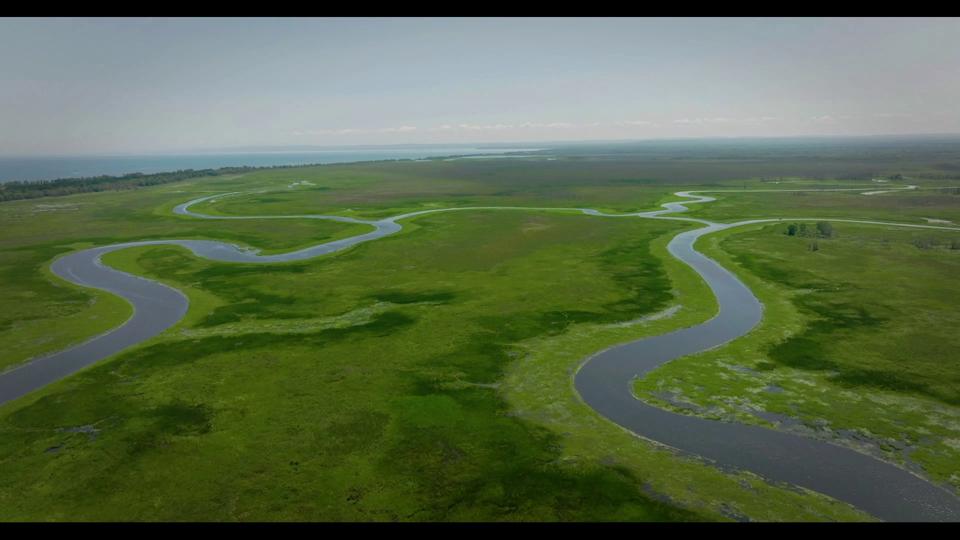
ManagingWatershedsinanAgeofClimateChange:theBadRiver BandofLakeSuperiorChippewa
